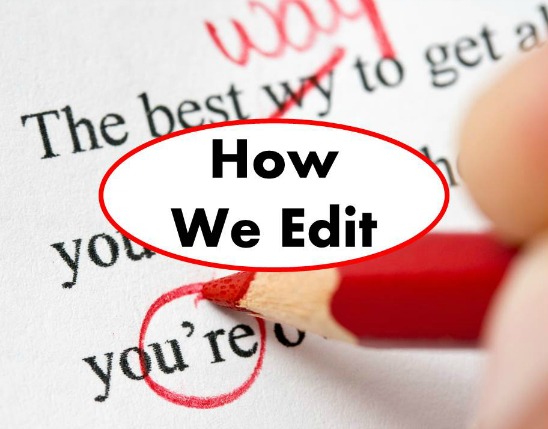Brackets are those square parentheses next to the letter P on most keyboards: [ ]. Maybe you’ve noticed them sitting there and wondered what they were really for. Today, I’ll give you a brief rundown of how to use them.
To Be More Specific
What we Americans call brackets are often referred to as square brackets in other places. Our parentheses are otherwise called round brackets: ( ), and both are types of brackets. There are also curly brackets, or braces: { } and angled brackets, or chevrons: < >. If you’re paying close attention, you’ll note that I used greater-than and less-than symbols instead of true chevrons. Most keyboards don’t have keys for chevrons (at least here in the States), so the greater-than and less-than symbols have become popular stand-ins. But let’s not confuse the issue.
Using Square Brackets
The most common use of brackets is in scientific copy, including mathematics and computer coding. However, these are specialties. Here are some common uses of brackets in more general copy:
- Enclose editorial comments within quoted material. This is the most popular use of brackets in general copy. Whether you’re simply stating sic, translating a term, or adding explanatory text to the quote, enclosing it within the brackets tells your audience that the added text is yours and not part of the original quote.
- Offer a translation. Sometimes you’ll use a foreign term in your copy. If you want to offer your audience a translation, you can enclose it within brackets.
- Offer the original foreign term. On the flip side, in translated texts, you might want to include the original foreign term after its translation. Enclose the original term in brackets.
- Nest parentheses inside of parentheses. If you have one set of parentheses inside another, you can use brackets for the inner set of parentheses. It’s similar to using single quotation marks inside of double quotation marks.
- Offer phonetic transcriptions. In the rare case you offer a phonetic transcription of a word or phrase (or in the not-so-rare case if that’s your thing), enclose the transcription in brackets.
- Show indentation change. Proofreaders and editors who still mark up copy by hand will use brackets to show where an indentation should be changed in the copy.
Note that brackets are not usually italicized, even if the text within them is.
A Word of Caution
Check your style guide before you break out the brackets: not all guides use them as I’ve outlined here and some outlaw them completely. The AP Stylebook, for example, doesn’t allow brackets at all in copy for the practical reason that they don’t transmit over the AP’s wire.
Questions? Leave them in the comments section below or email me directly.
Originally published on The Writing Resource.


